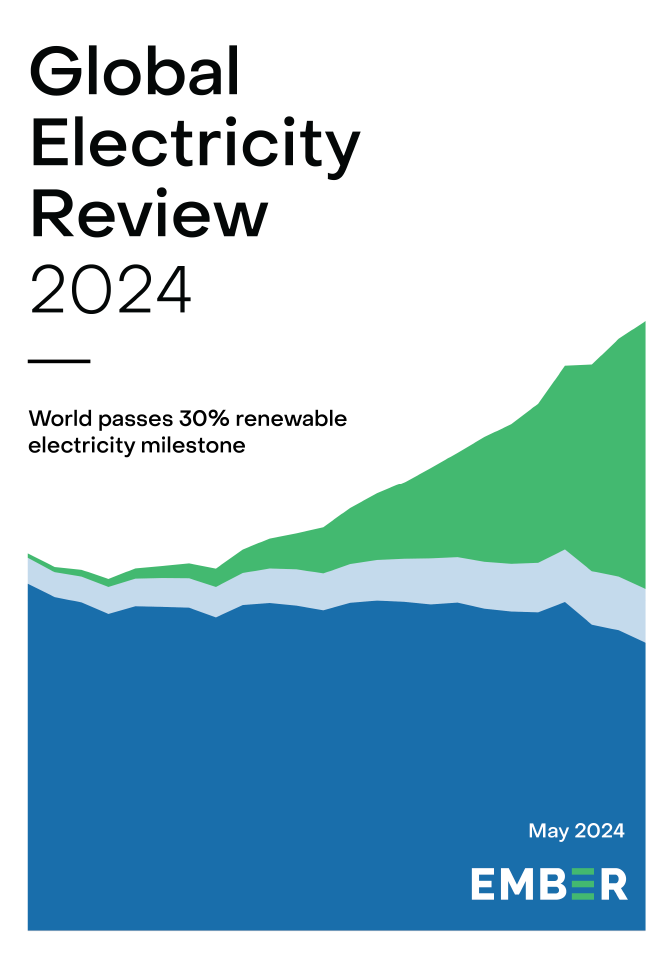□ 보고서는 재생에너지 확대를 “태양광 및 풍력발전이 급증한 영향”으로 보았음. 태양광 및 풍력발전은 2000년 0.2%에서 지난해 13.4%로 늘어났으며, 특히 태양광은 19년 연속 전세계에서 가장 빠르게 성장하는 전력공급원으로, 지난해에는 석탄보다 2배 많이 전력을 공급함. 보고서는 “전력 부문에서 전 세계적으로 화석 연료 연소가 2023년에 정점을 찍고 올해부터 오염 및 배출량과 함께 감소하기 시작할 것”으로 전망함
□ 보고서는 “한국의 지난해 태양광 및 풍력발전의 비중은 5%로 세계 평균(13%)보다 낮으며, 일본(12%), 중국(16%)과 같은 주변국보다 낮은 편”이라고 언급함
(출처: 매일경제, 헤럴드경제)
목차
Executive Summary 6
Chapter 1 • Electricity Transition in 2023 10
1.1 Renewables hit 30% of global electricity 11
1.2 Demand growth was below trend but clean growth still fell short 15
1.3 Carbon intensity fell, but emissions narrowly hit another record high 18
Chapter 2 • The Big Picture 21
2.1 Past the peak: A new era of falling power emissions 23
2.2 Solar is leading the energy revolution – and there is more to come 32
2.3 Demand growth in 2023 was below trend, but in future it will only go up 39
2.4 The countries showing how to rapidly transition to clean energy 47
Chapter 3 • Global Electricity Trends 55
3.1 Electricity Generation 56
3.2 Power Demand 60
3.3 Power Sector Emissions 65
Chapter 4 • Global Electricity Source Trends 70
4.1 Solar 71
4.2 Wind 77
4.3 Coal 83
4.4 Gas 89
4.5 Hydro 95
4.6 Nuclear 101
4.7 Bioenergy 107
Chapter 5 • Major Countries and Regions 113
5.1 China 114
5.2 United States 122
5.3 India 130
5.4 European Union 138
5.5 Russia 145
5.6 Japan 151
Conclusion 158
Supporting Materials 160
Methodology 160
Acknowledgements 164
Annex 165
해시태그
관련자료
AI 100자 요약·번역서비스
인공지능이 자동으로 요약·번역한 내용입니다.




